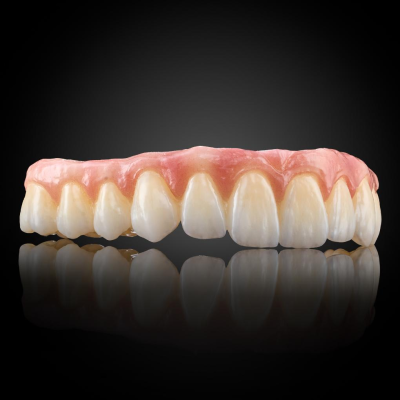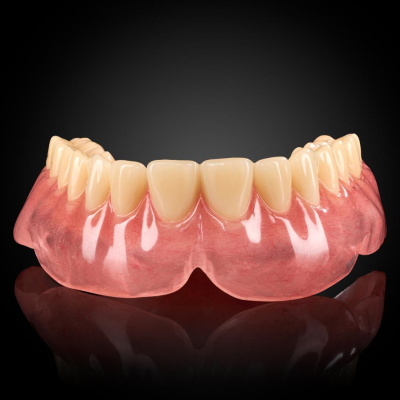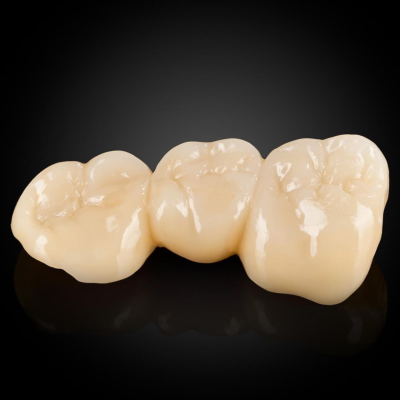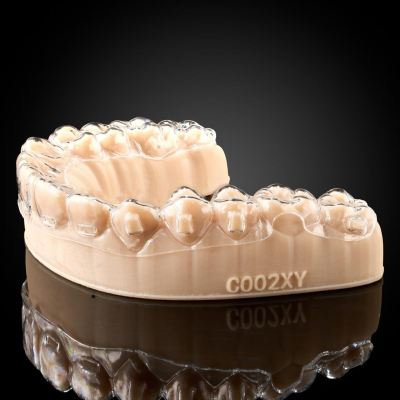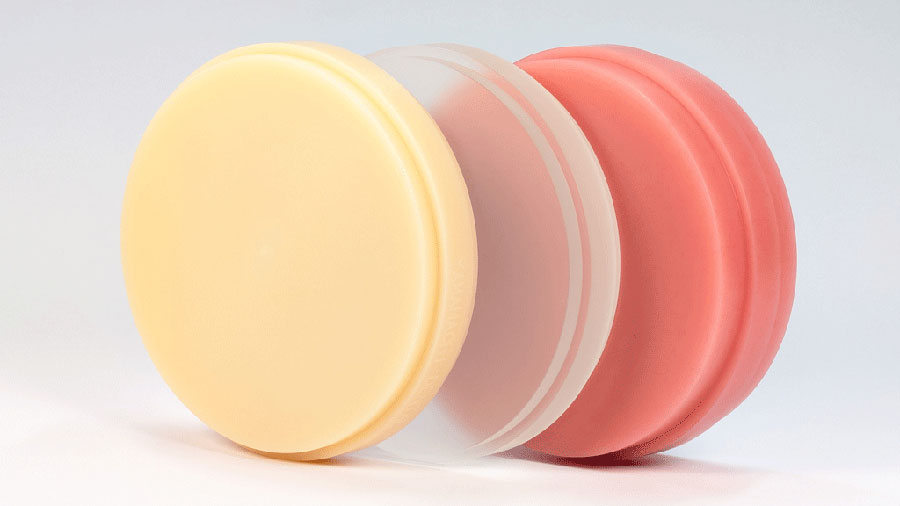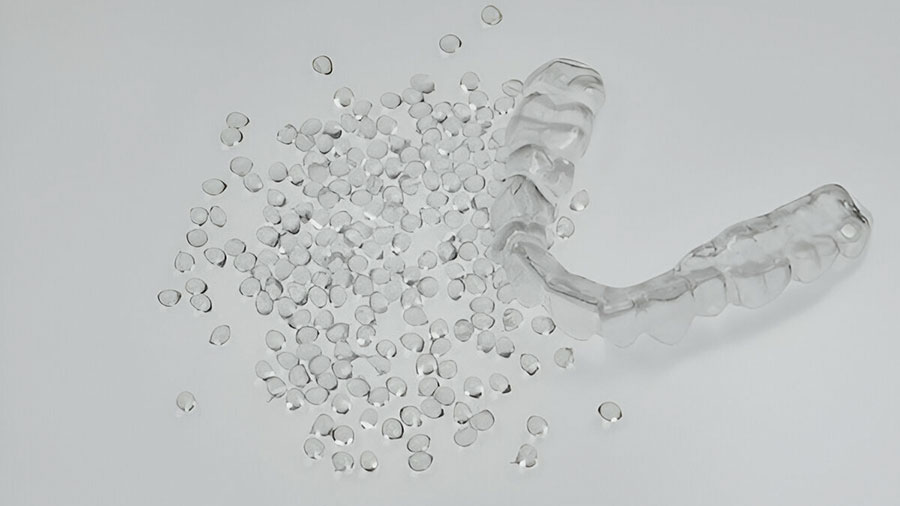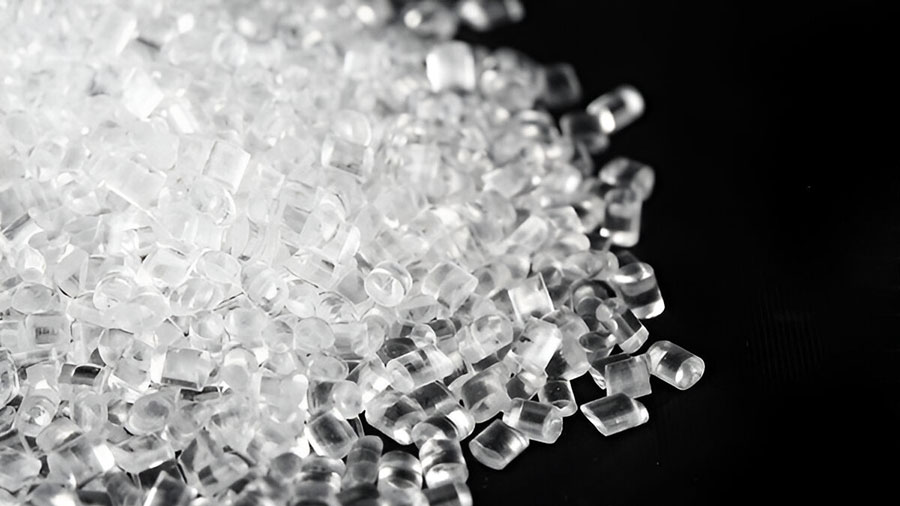Polymethyl Methacrylate (PMMA) is a widely used material in dentistry, particularly for removable dentures, temporary restorations, and implant provisionals. With advancements in digital workflows, PMMA has evolved to offer improved strength, aesthetics, and biocompatibility. This article explores the pros and cons of conventional and digital PMMA in terms of mechanical properties, visual outcomes, and compatibility with oral tissues, providing insights from both dental technicians and clinical practitioners.
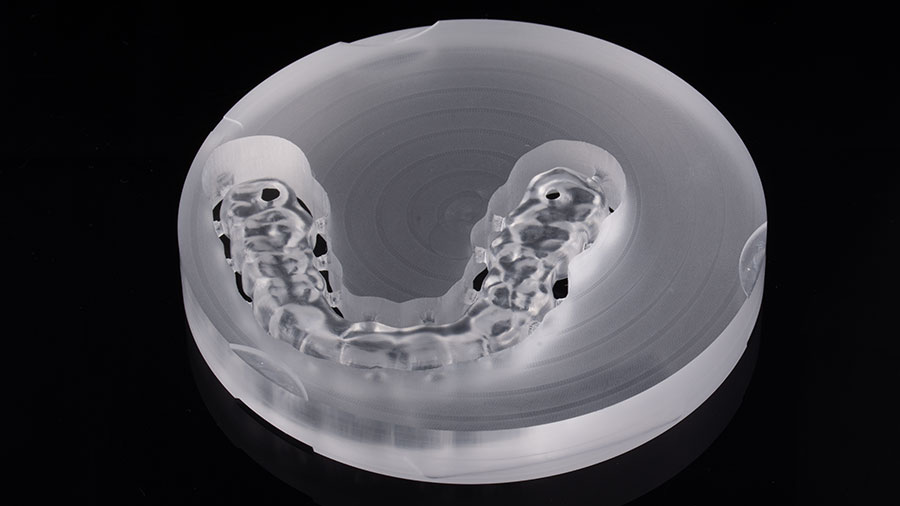
Table of contents [Show]
Strength Comparison: Conventional vs. Digital PMMA
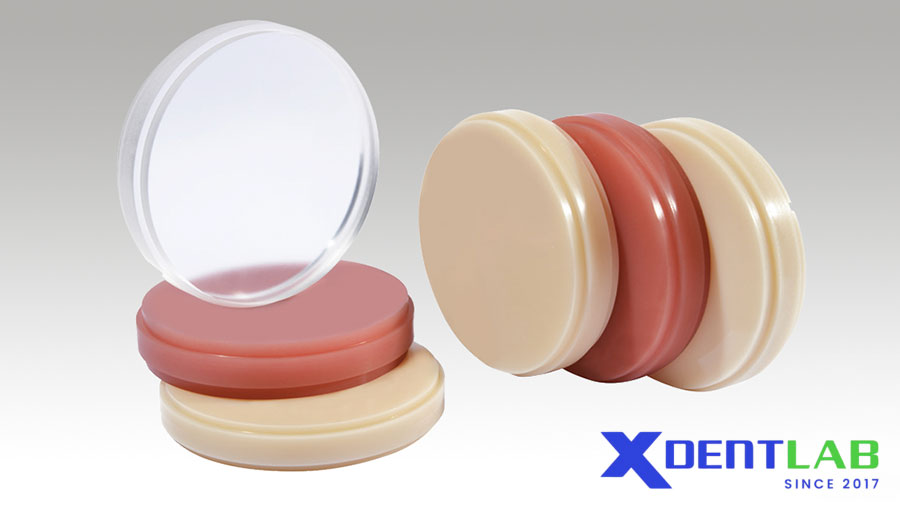
Conventional PMMA Advantages
Superior Mechanical Properties: Heat-cured conventional PMMA demonstrates strong flexural, bond, and impact strength, making it ideal for removable dentures.
Predictable Polymerization: Traditional processing methods ensure complete polymerization, resulting in reliable mechanical performance.
Digital PMMA Advantages
Enhanced Strength: CAD-CAM milled PMMA exhibits the highest flexural strength compared to both 3D-printed PMMA and conventional PMMA.
Consistent Quality: PMMA disks used in digital workflows offer higher flexural strength and better overall mechanical properties than conventional PMMA, with statistically significant differences observed.
Key Takeaway
While conventional PMMA remains a strong choice for removable dentures, digital PMMA is preferred for its superior mechanical properties in CAD-CAM workflows, offering durability and reliability for long-term restorations.
Aesthetic Outcomes: Conventional vs. Digital PMMA
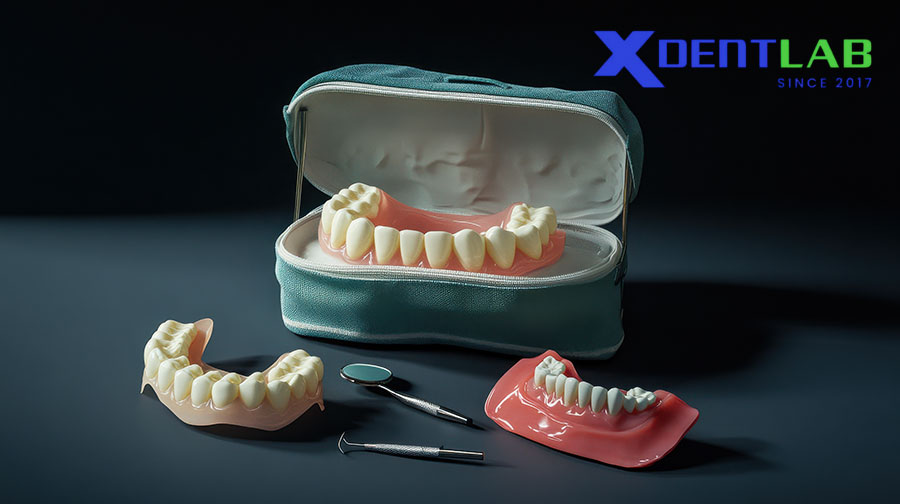
Digital PMMA Benefits
Precise Aesthetics: Digital workflows ensure consistent color and translucency throughout the restoration, delivering superior aesthetic results.
Smooth Surface Finish: CAD-CAM milling technology achieves better surface finishes compared to manual techniques, enhancing the natural appearance of restorations.
Conventional PMMA Limitations
Technique Sensitivity: Aesthetic quality can vary due to the manual layering and characterization process, which depends on individual technician skill.
Inconsistencies: Variations in color and translucency are more common with conventional methods.
Key Takeaway
Digital PMMA offers more predictable and visually appealing restorations, making it a preferred choice for patients seeking high-quality aesthetics. Conventional PMMA may still be used for artistic customization but lacks consistency.
Biocompatibility: Conventional vs. Digital PMMA
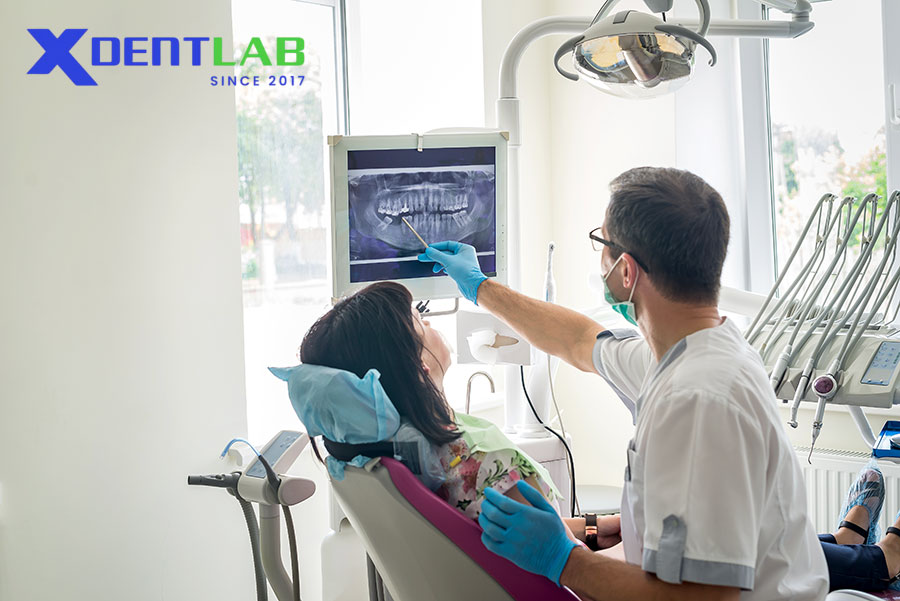
Digital PMMA Advantages
Minimal Residual Monomer Content: Pre-polymerized PMMA blocks used in CAD-CAM workflows undergo industrial polymerization under controlled conditions, reducing residual monomer content.
Improved Biocompatibility: Lower monomer content minimizes the risk of allergic reactions and tissue irritation, ensuring patient safety.
Conventional PMMA Concerns
Variable Polymerization: Polymerization completeness depends on technique and equipment, leading to potential variations in residual monomer content.
Higher Risk: Chairside or laboratory polymerization may leave higher residual monomer levels, increasing the likelihood of tissue irritation.
Key Takeaway
Digital PMMA is the clear winner in biocompatibility, offering safer and more predictable outcomes for patients, while conventional PMMA may pose risks in certain cases.
Perspectives from Dental Technicians and Clinical Practitioners
Dental Technician Perspectives
Workflow Efficiency
Digital Advantages: Technicians report superior cost-effectiveness, accuracy, and time optimization with digital PMMA workflows. CAD software allows precise design modifications and virtual try-ins before manufacturing, reducing manual labor and improving predictability.
Traditional Limitations: Conventional techniques require more manual effort and are prone to inconsistencies, especially for complex restorations.
Technical Challenges
Learning Curve: Transitioning to digital workflows involves a steep learning curve and significant upfront investment in equipment and software.
Artistic Control: Some technicians prefer conventional techniques for complex characterizations, where artistic skill plays a larger role.
Clinical Practitioner Perspectives
Patient Experience
Digital Benefits: Digital workflows reduce chair time and the number of appointments needed for temporary restorations. Digital impressions eliminate discomfort associated with traditional impression materials, improving patient tolerance.
Conventional Drawbacks: Traditional workflows may require additional appointments and involve more invasive impression-taking techniques.
Clinical Outcomes
Digital Advantages: Practitioners report more consistent marginal fit, better long-term performance, and easier adjustments with digitally manufactured PMMA restorations.
Integration Challenges: Transitioning to digital workflows requires ongoing training and software updates, with some clinicians expressing concerns about dependency on technology and system failures.
Overall Trends
While conventional PMMA techniques remain valuable for specific applications, the dental industry is increasingly favoring digital PMMA for its:
Superior mechanical properties.
Consistent aesthetic outcomes.
Enhanced biocompatibility.
Workflow efficiency.
Despite the initial investment and learning curve, digital workflows offer significant long-term benefits for both dental technicians and clinical practitioners.
XDENT LAB: Your Partner in Digital PMMA Solutions
At XDENT LAB, we specialize in delivering high-quality PMMA restorations through advanced digital workflows. As a trusted partner for dental practices, our lab-to-lab services combine state-of-the-art technology and certified expertise to ensure consistent, reliable results.
Why Choose XDENT LAB?
FDA & ISO Certified: Our products meet U.S. market standards for quality and compliance.
Digital Excellence: We utilize CAD-CAM and 3D printing technologies to craft precise, aesthetic, and biocompatible restorations.
Customized Solutions: From single-unit provisionals to full-arch restorations, we tailor our services to meet your unique clinical needs.
Conclusion
PMMA continues to play a vital role in modern dentistry, with digital workflows offering unparalleled advantages in strength, aesthetics, and biocompatibility. Whether you’re a dental technician seeking efficiency or a clinician aiming for better patient outcomes, digital PMMA is the future of restorative dentistry.
Partner with XDENT LAB to experience the benefits of cutting-edge PMMA solutions, where innovation meets quality.
XDENT LAB is an expert in Lab-to-Lab Full Service from Vietnam, with the signature services of Removable & Implant, meeting U.S. market standards – approved by FDA & ISO. Founded in 2017, XDENT LAB has grown from local root to global reach, scaling with 2 factories and over 100 employees.. Our state-of-the-art technology, certified technicians, and commitment to compliance make us the trusted choice for dental practices looking to ensure quality and consistency in their products.
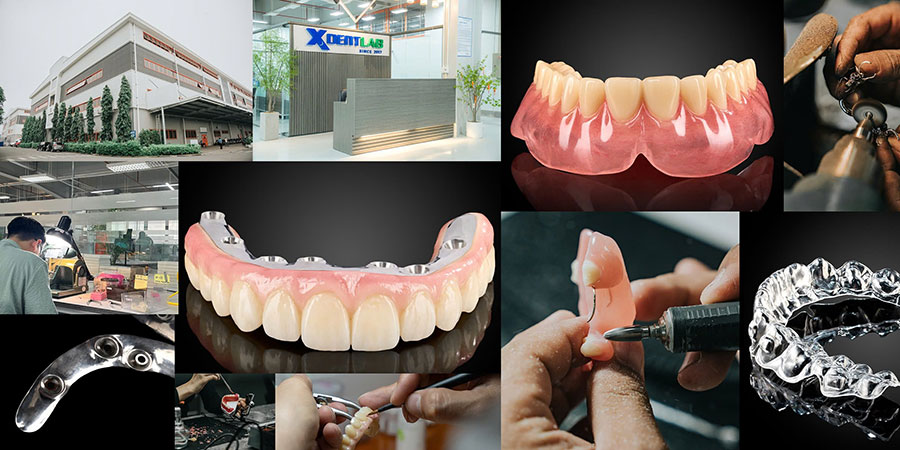
Our commitments are:
100% FDA-Approved Materials.
Large-Scale Manufacturing, high volume, remake rate < 1%.
2~3 days in lab (*digital file).
Your cost savings 30%.
Uninterrupted Manufacturing 365 days a year.
Contact us today to establish a strategy to reduce operating costs.
--------❃--------
Vietnam Dental Laboratory - XDENT LAB
🏢 Factory 1: 95/6 Tran Van Kieu Street, Binh Phu Ward, Ho Chi Minh City, Vietnam
🏢 Factory 2: Kizuna 3 Industrial Park, Can Giuoc Commune, Tay Ninh Province, Vietnam
☎ Hotline: 0919 796 718 📰 Get detailed pricing

